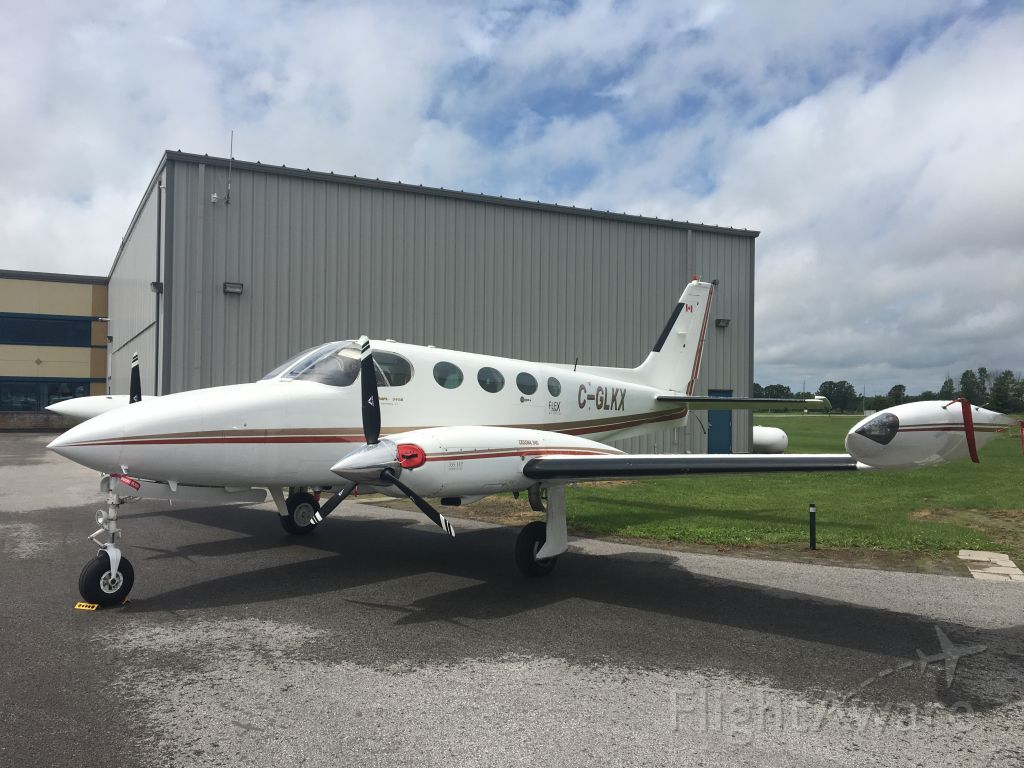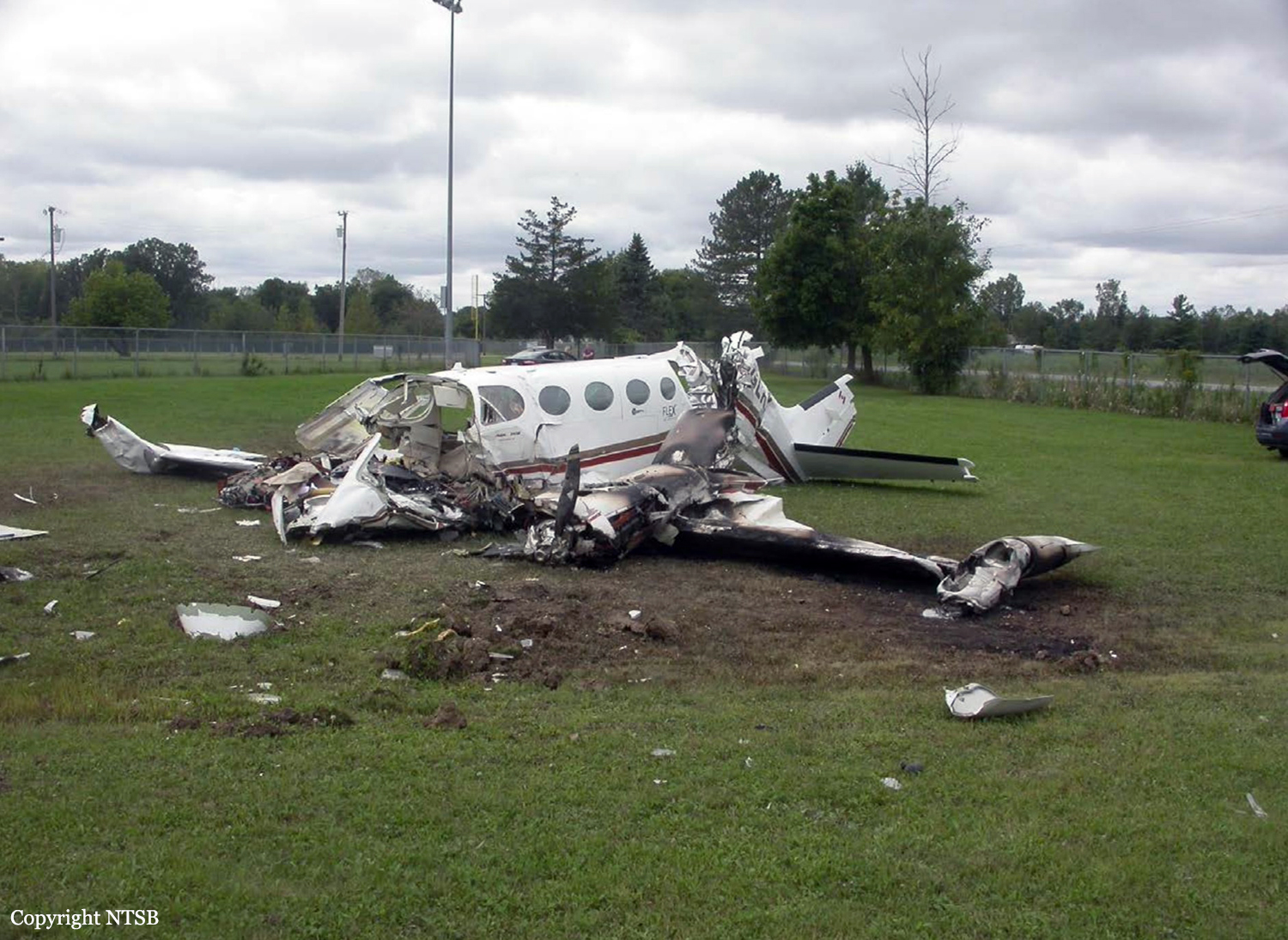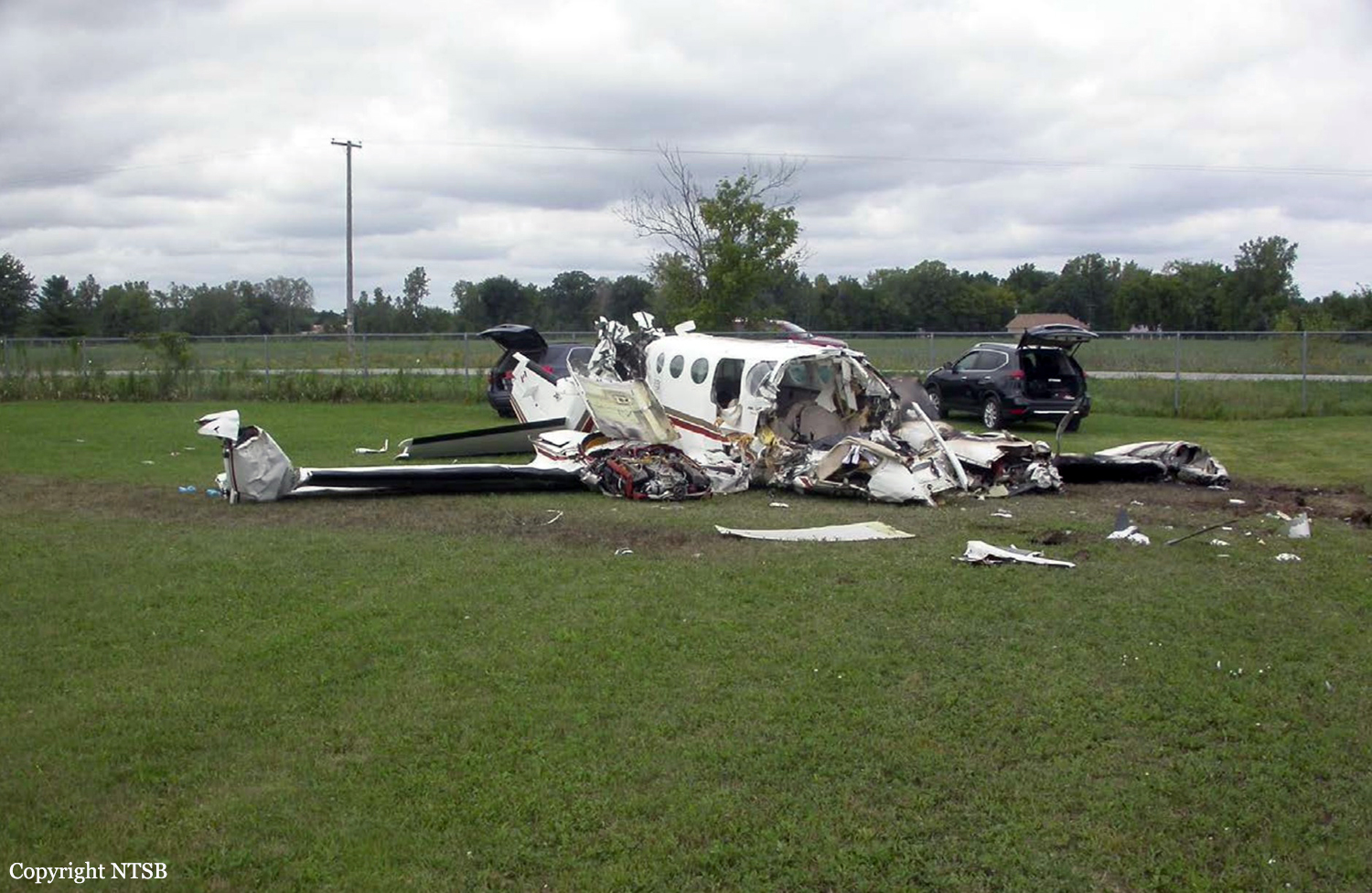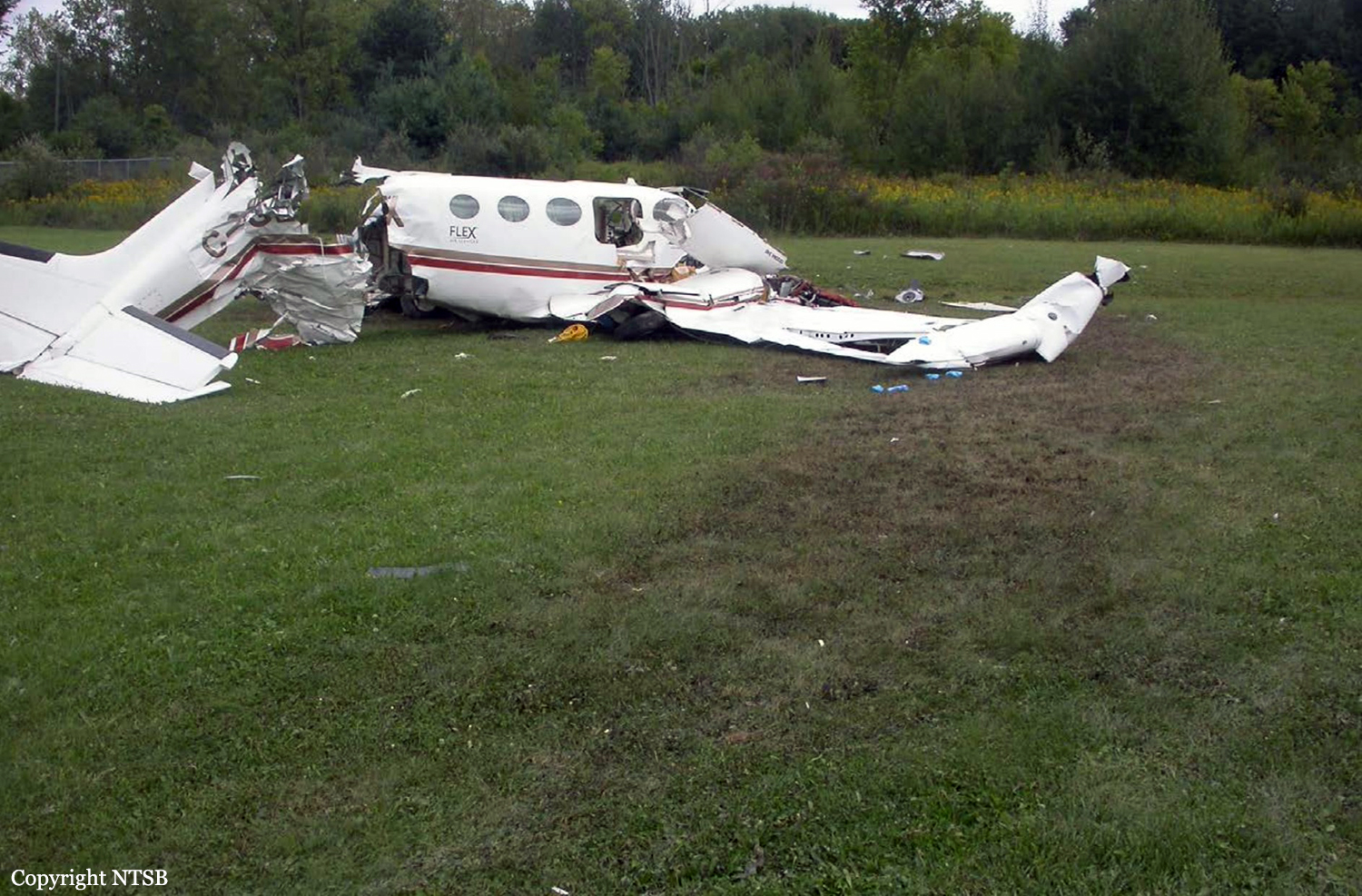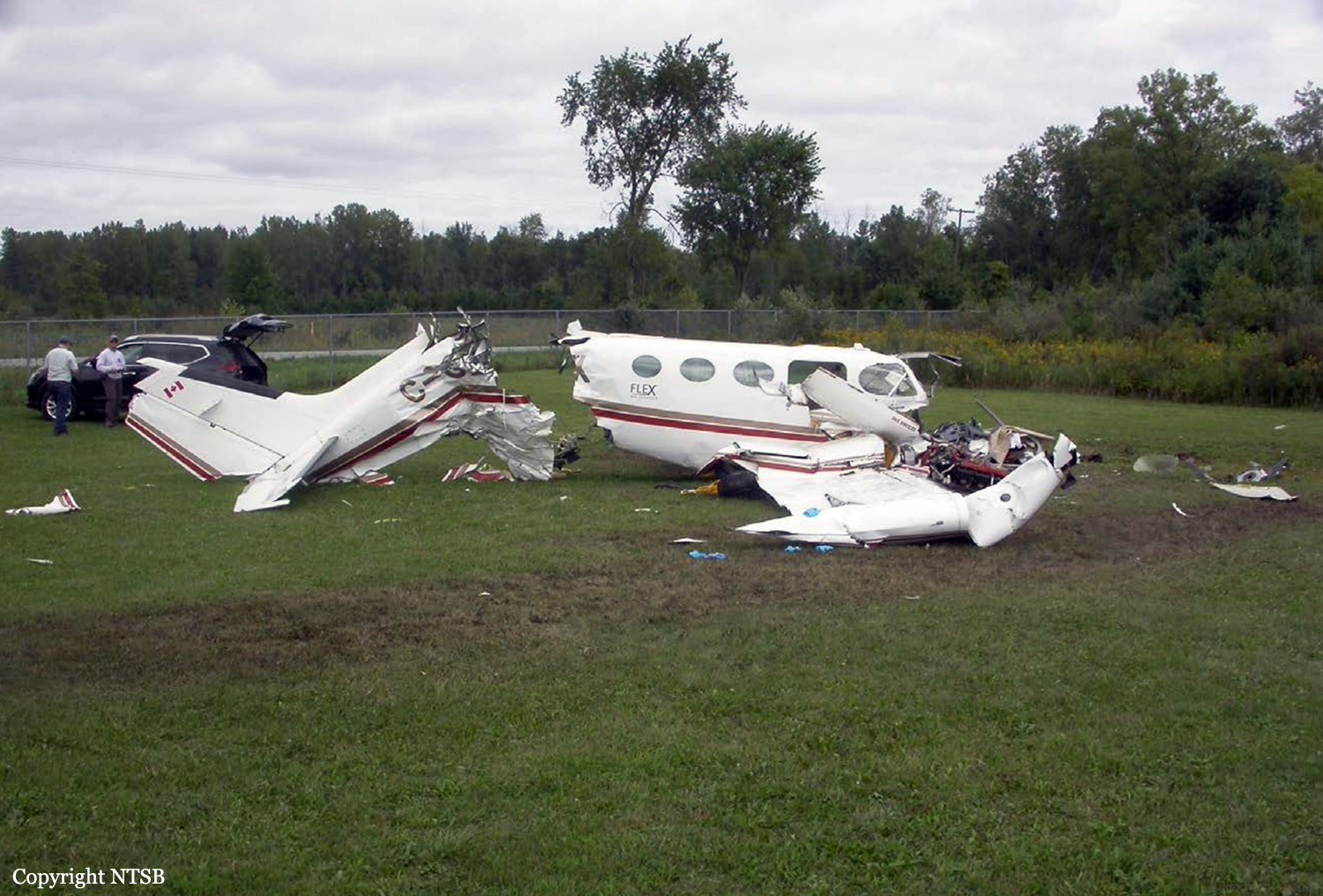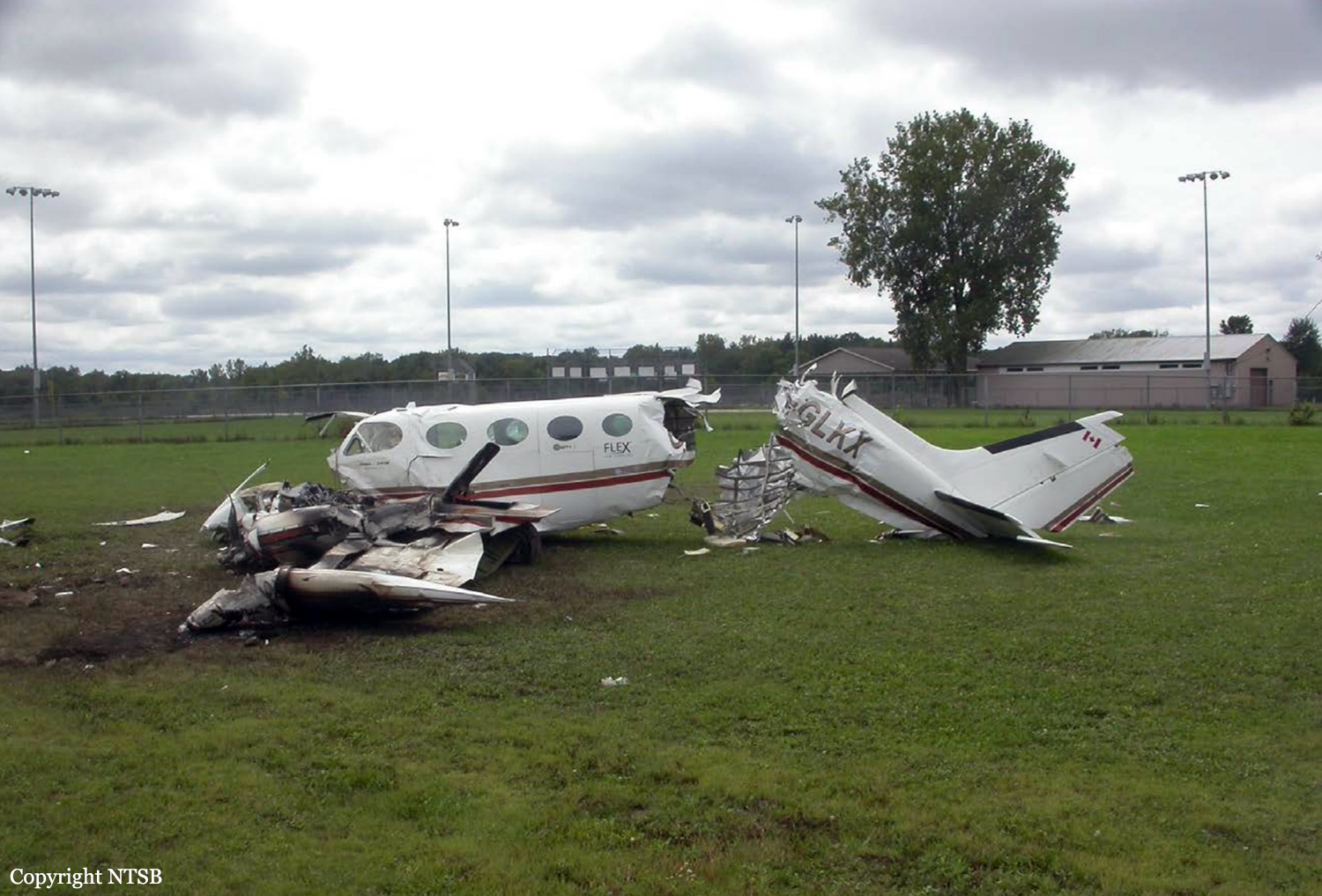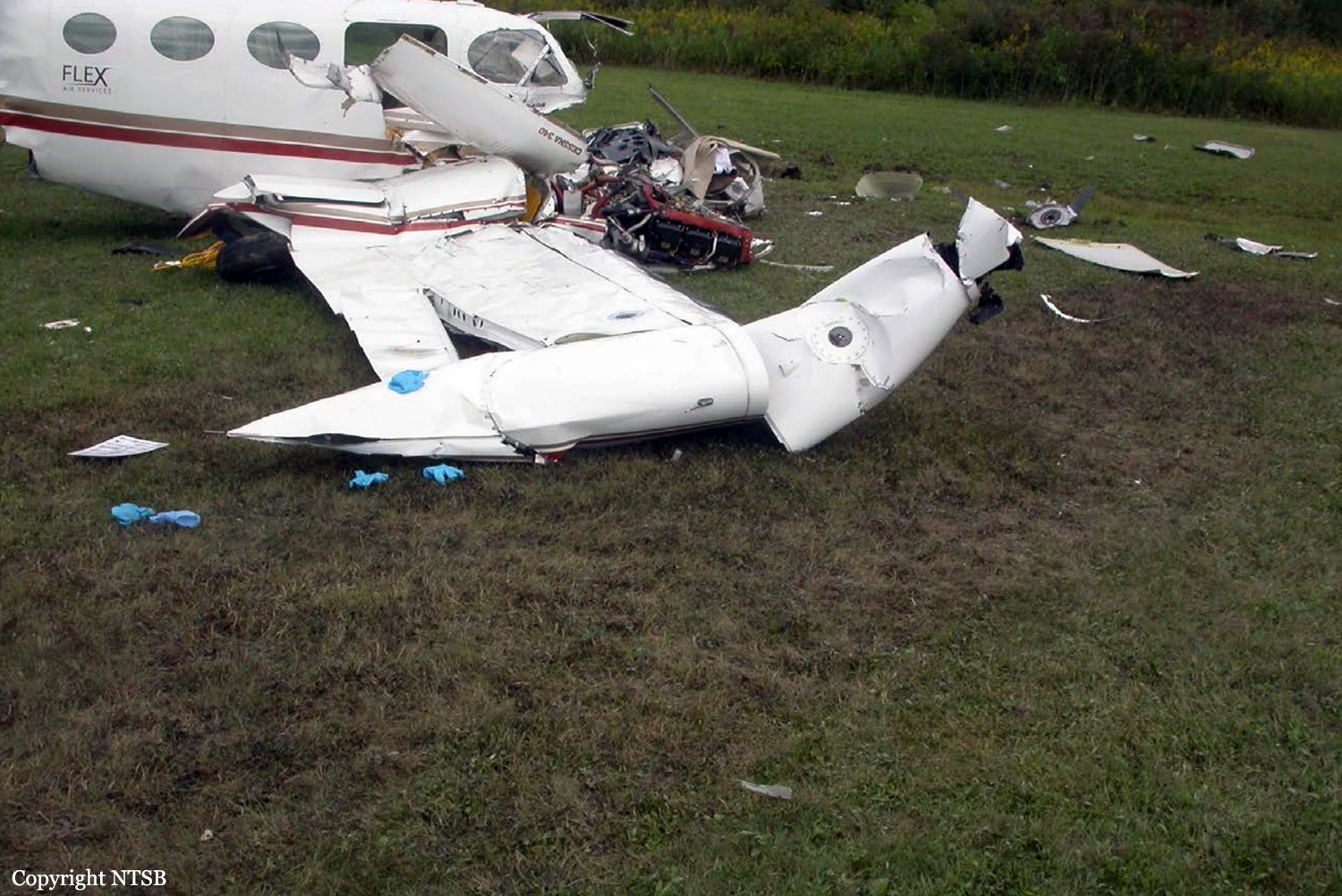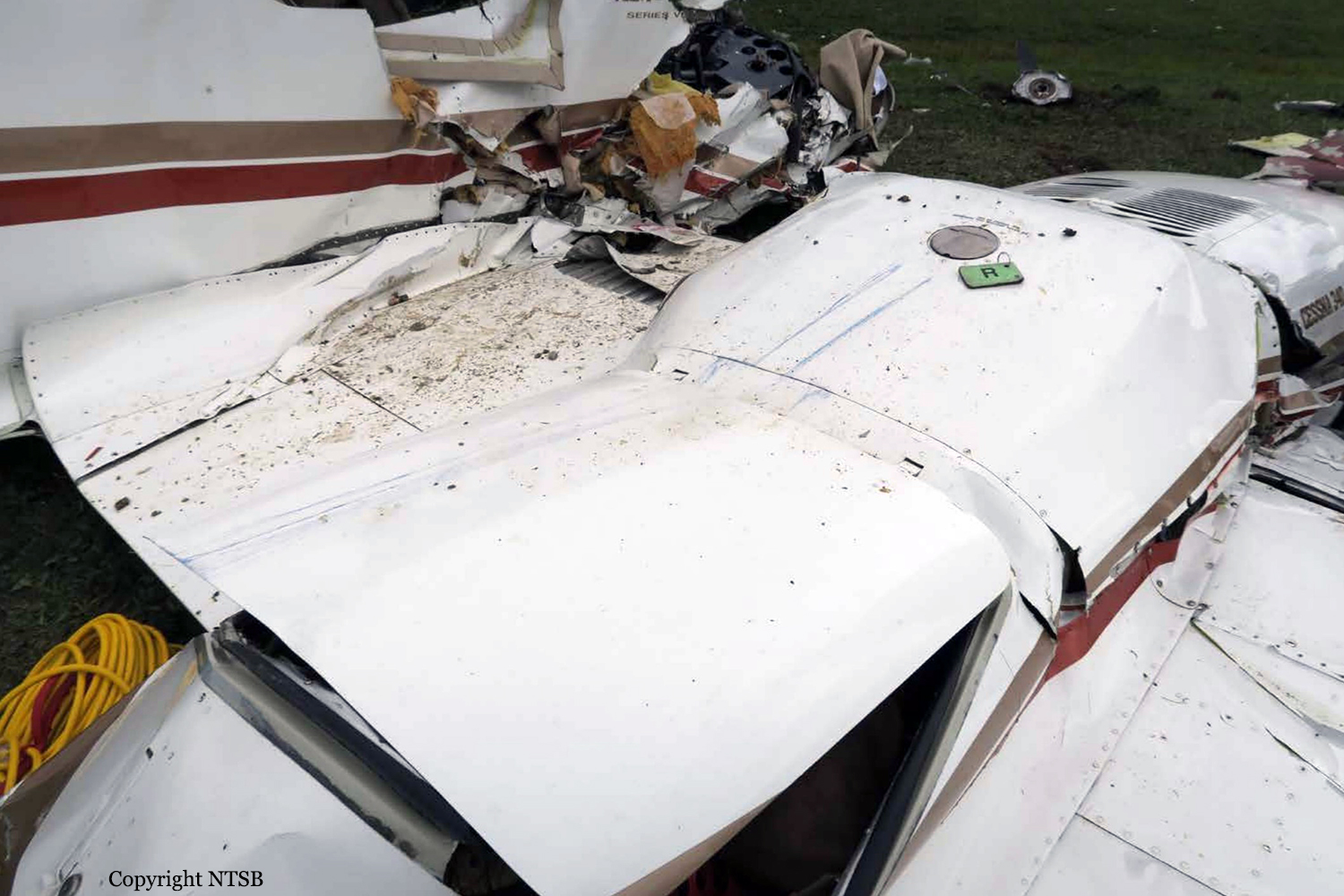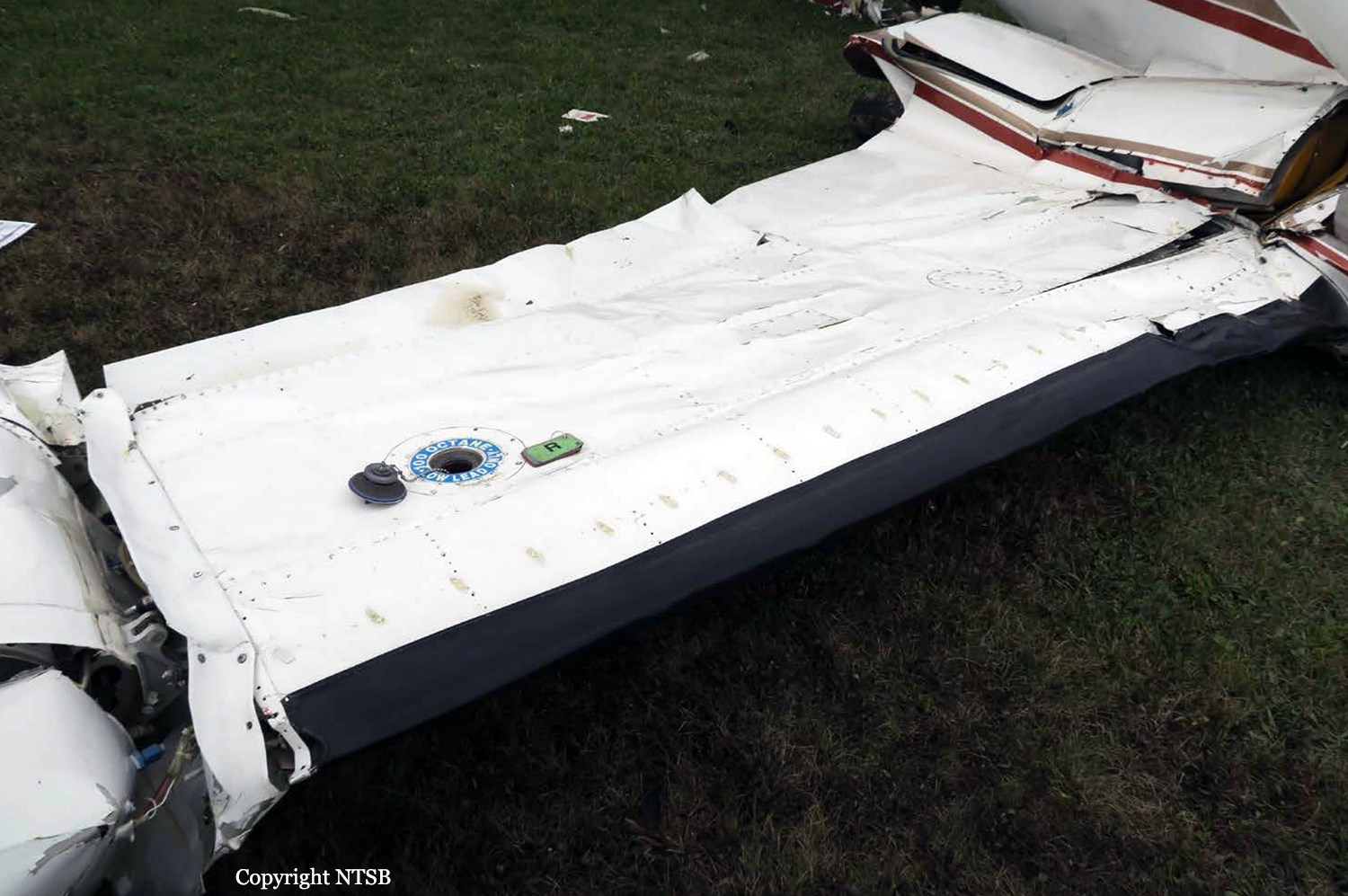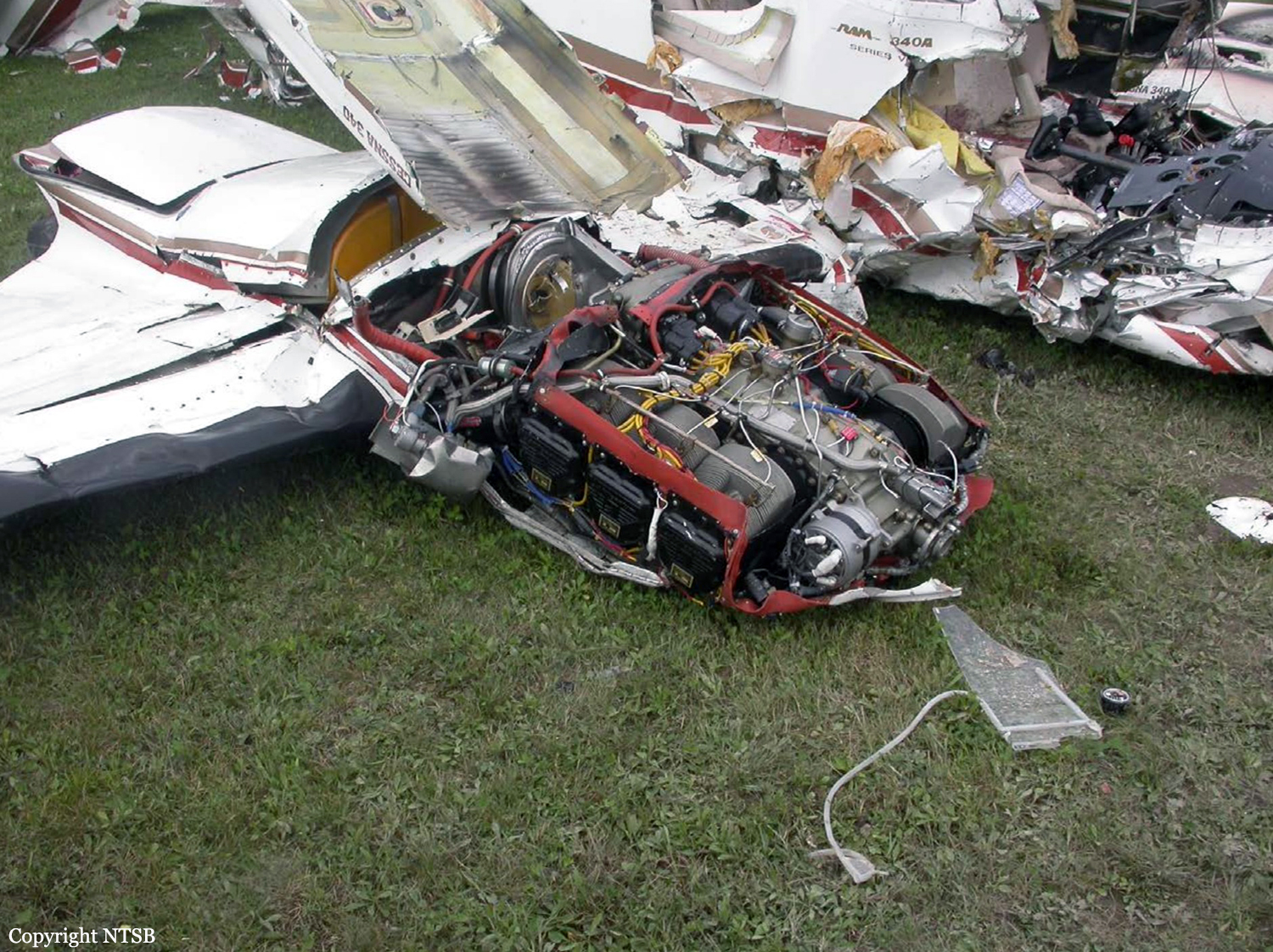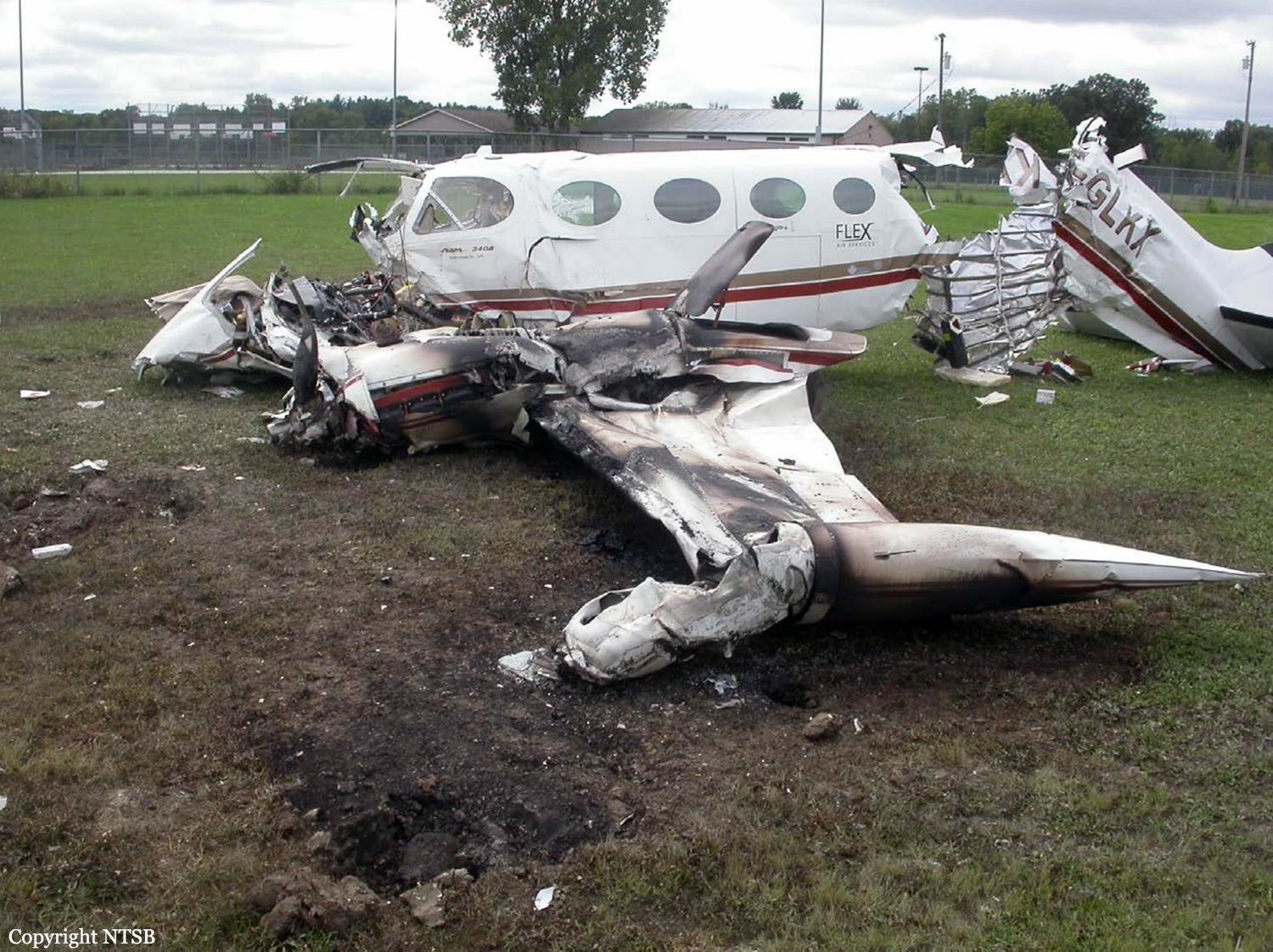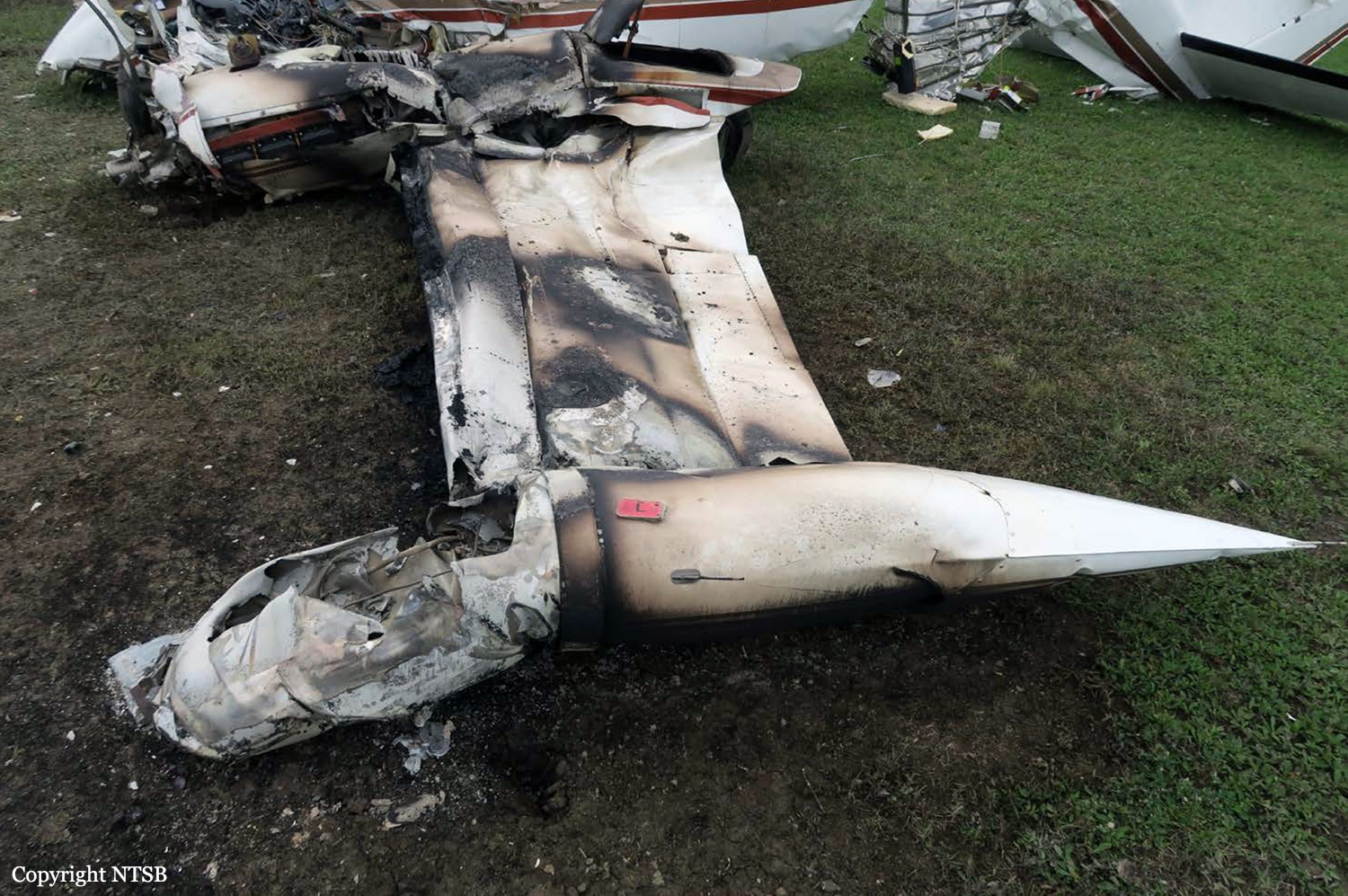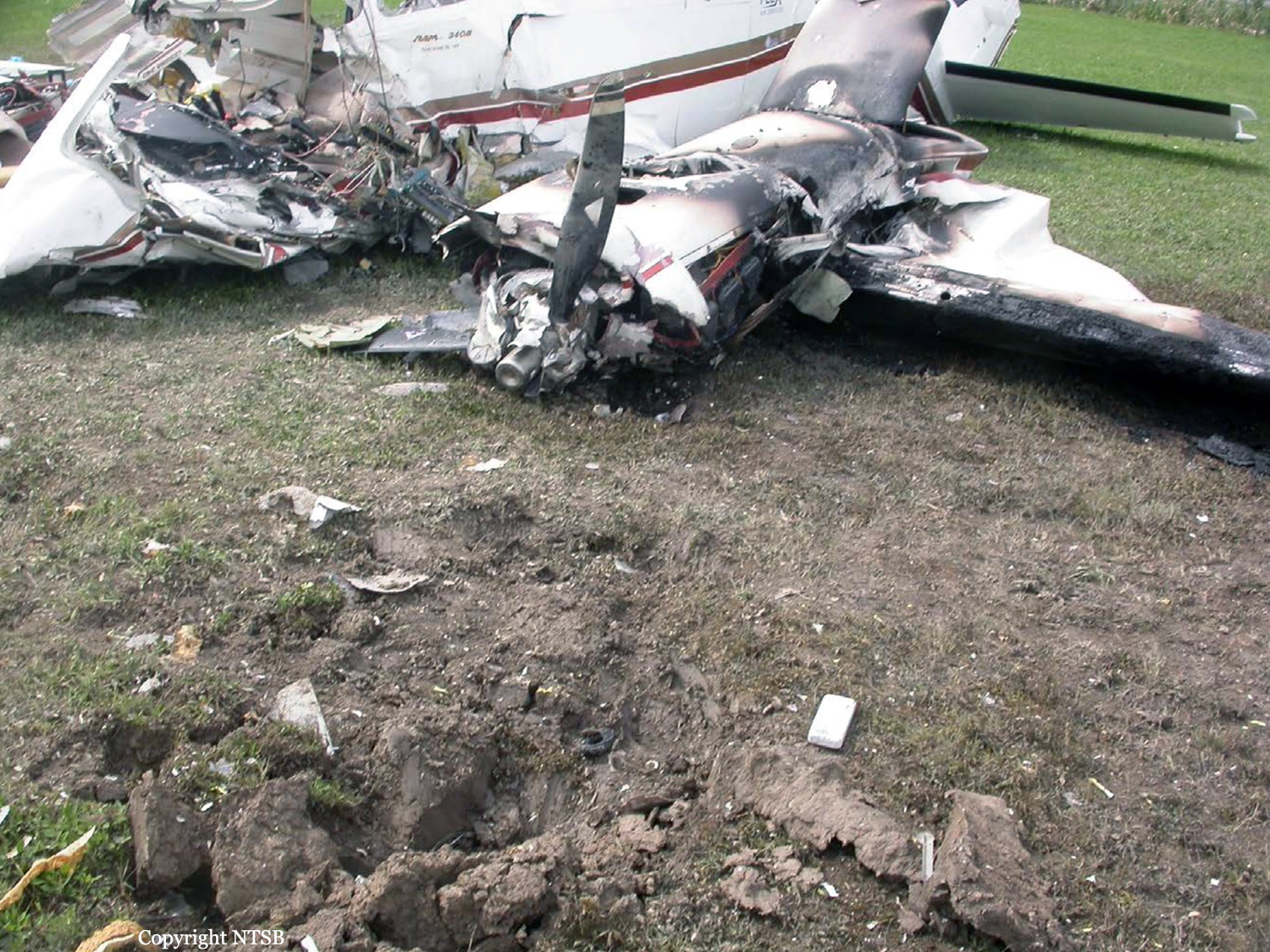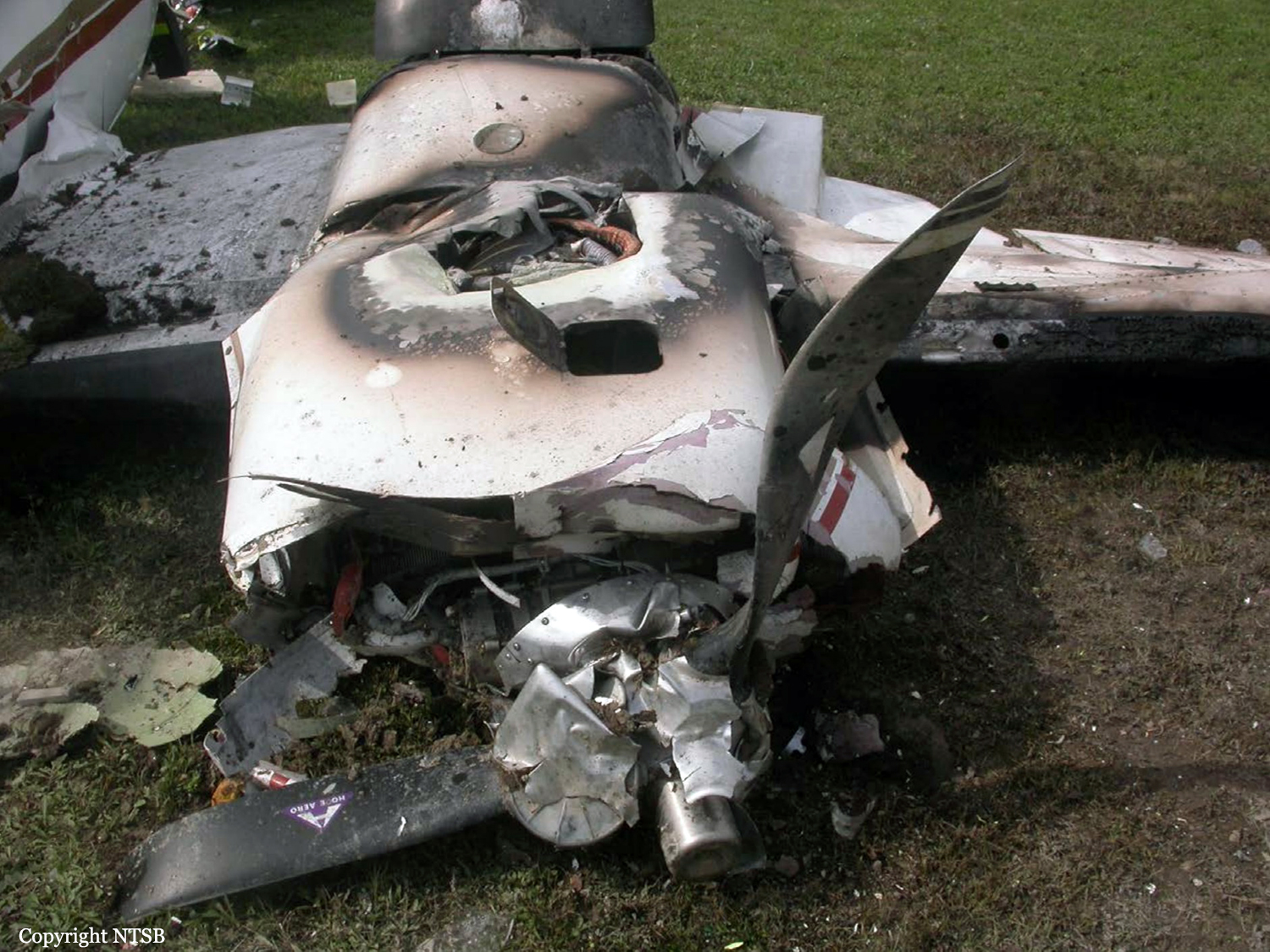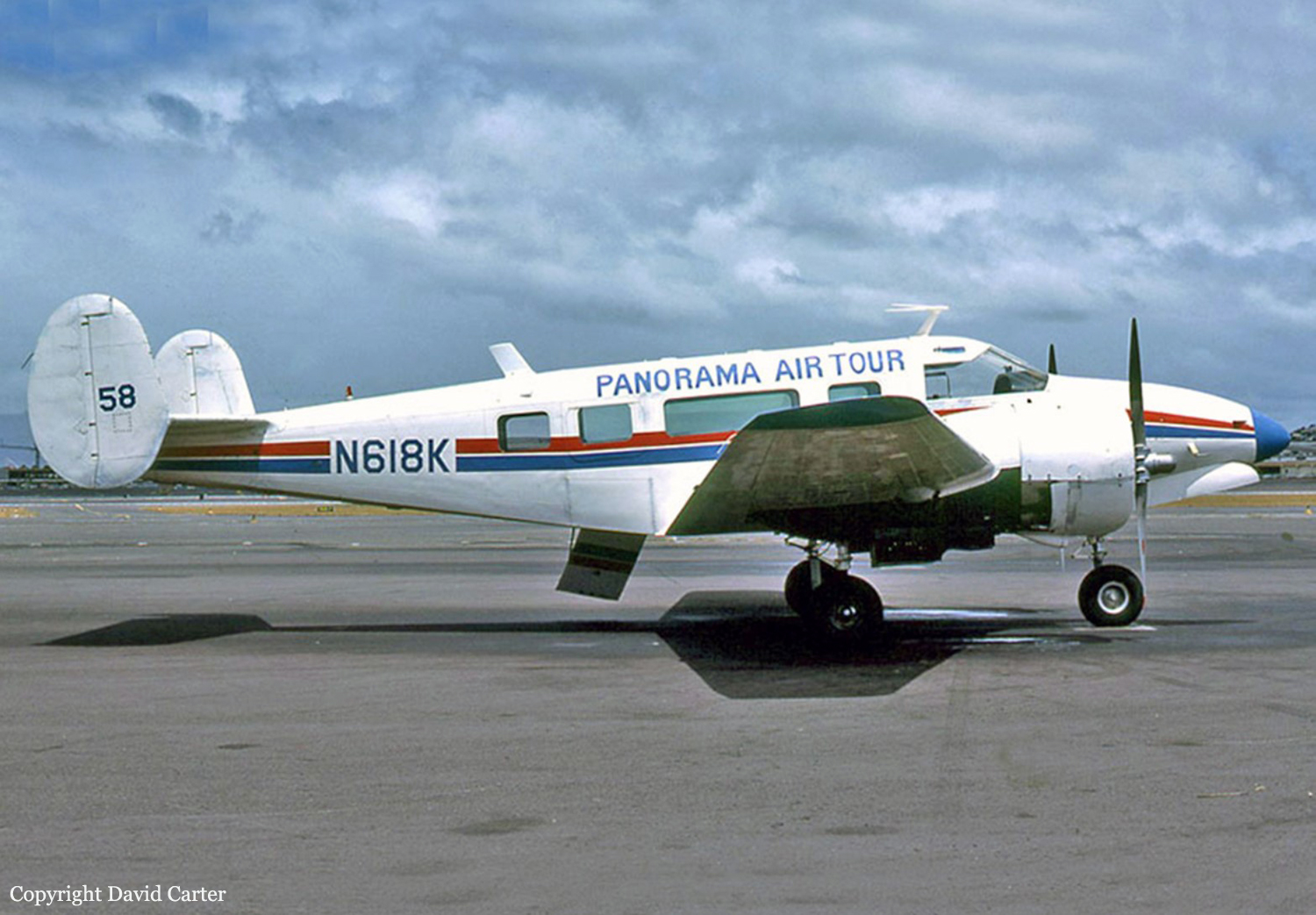Crash of a Cessna 340A in Saint Clair County: 1 killed
Date & Time:
Sep 6, 2018 at 2347 LT
Registration:
C-GLKX
Survivors:
No
Schedule:
Saint Thomas - Saint Clair County
MSN:
340A-1221
YOM:
1981
Crew on board:
1
Crew fatalities:
Pax on board:
0
Pax fatalities:
Other fatalities:
Total fatalities:
1
Captain / Total hours on type:
51.00
Aircraft flight hours:
4038
Circumstances:
The private pilot of the multi-engine airplane was conducting an instrument approach during night visual meteorological conditions. About 1.3 nautical miles (nm) from the final approach fix, the right engine lost total power. The pilot continued the approach and notified air traffic control of the loss of power about 1 minute and 13 seconds later. Subsequently, the pilot contacted the controller again and reported that he was unable to activate the airport's pilot-controlled runway lighting. In the pilot's last radio transmission, he indicated that he was over the airport and was going to "reshoot that approach." The last radar return indicated that the airplane was about 450 ft above ground level at 72 kts groundspeed. The airplane impacted the ground in a steep, vertical nose-down attitude about 1/2 nm from the departure end of the runway. Examination of the wreckage revealed that the landing gear and the flaps were extended and that the right propeller was not feathered. Data from onboard the airplane also indicated that the pilot did not secure the right engine following the loss of power; the left engine continued to produce power until impact. The airplane's fuel system held a total of 203 gallons. Fuel consumption calculations estimated that there should have been about 100 gallons remaining at the time of the accident. The right-wing locker fuel tank remained intact and contained about 14 gallons of fuel. Fuel blight in the grass was observed at the accident site and the blight associated with the right wing likely emanated from the right-wing tip tank. The elevator trim tab was found in the full nose-up position but was most likely pulled into this position when the empennage separated from the aft pressure bulkhead during impact. Examination of the airframe and engine revealed no evidence of mechanical malfunctions or failures that would have precluded normal operation. Although there was adequate fuel on board the airplane, the pilot may have inadvertently moved the right fuel selector to the OFF position or an intermediate position in preparation for landing instead of selecting the right wing fuel tank, or possibly ran the right auxiliary fuel tank dry, which resulted in fuel starvation to the right engine and a total loss of power. The airplane manufacturer's Pilot Operating Handbook (POH) stated that the 20-gallon right- and left-wing locker fuel tanks should be used after 90 minutes of flight. However, 14 gallons of fuel were found in the right-wing locker fuel tank which indicated that the pilot did not adhere to the POH procedures for fuel management. The fuel in the auxiliary fuel tank should be used when the main fuel tank was less than 180 pounds (30 gallons) per tank. As a result of not using all the fuel in the wing locker fuel tanks, the pilot possibly ran the right auxiliary fuel tank empty and was not able to successfully restart the right engine after he repositioned the fuel selector back to the right main fuel tank. Postaccident testing of the airport's pilot-controlled lighting system revealed no anomalies. The airport's published approach procedure listed the airport's common traffic advisory frequency, which activated the pilot-controlled lighting. It is possible that the pilot did not see this note or inadvertently selected an incorrect frequency, which resulted in his inability to activate the runway lighting system. In addition, the published instrument approach procedure for the approach that the pilot was conducting indicated that the runway was not authorized for night landings. It is possible that the pilot did not see this note since he gave no indication that he was going to circle to land on an authorized runway. Given that the airplane's landing gear and flaps were extended, it is likely that the pilot intended to land but elected to go-around when he was unable to activate the runway lights and see the runway environment. However, the pilot failed to reconfigure the airplane for climb by retracting the landing gear and flaps. The pilot had previously failed to secure the inoperative right engine following the loss of power, even though these procedures were designated in the airplane's operating handbook as "immediate action" items that should be committed to memory. It is likely that the airplane was unable to climb in this configuration, and during the attempted go-around, the pilot exceeded the airplane's critical angle of attack, which resulted in an aerodynamic stall. Additionally, the pilot had the option to climb to altitude using singleengine procedures and fly to a tower-controlled airport that did not have any landing restrictions, but instead, he decided to attempt a go-around and land at his destination airport.
Probable cause:
The pilot's improper fuel management, which resulted in a total loss of right engine power due to fuel starvation; the pilot's inadequate flight planning; the pilot's failure to secure the right engine following the loss of power; and his failure to properly configure the airplane for the go-around, which resulted in the airplane's failure to climb, an exceedance of the critical angle of attack, and an aerodynamic stall.
Final Report:
